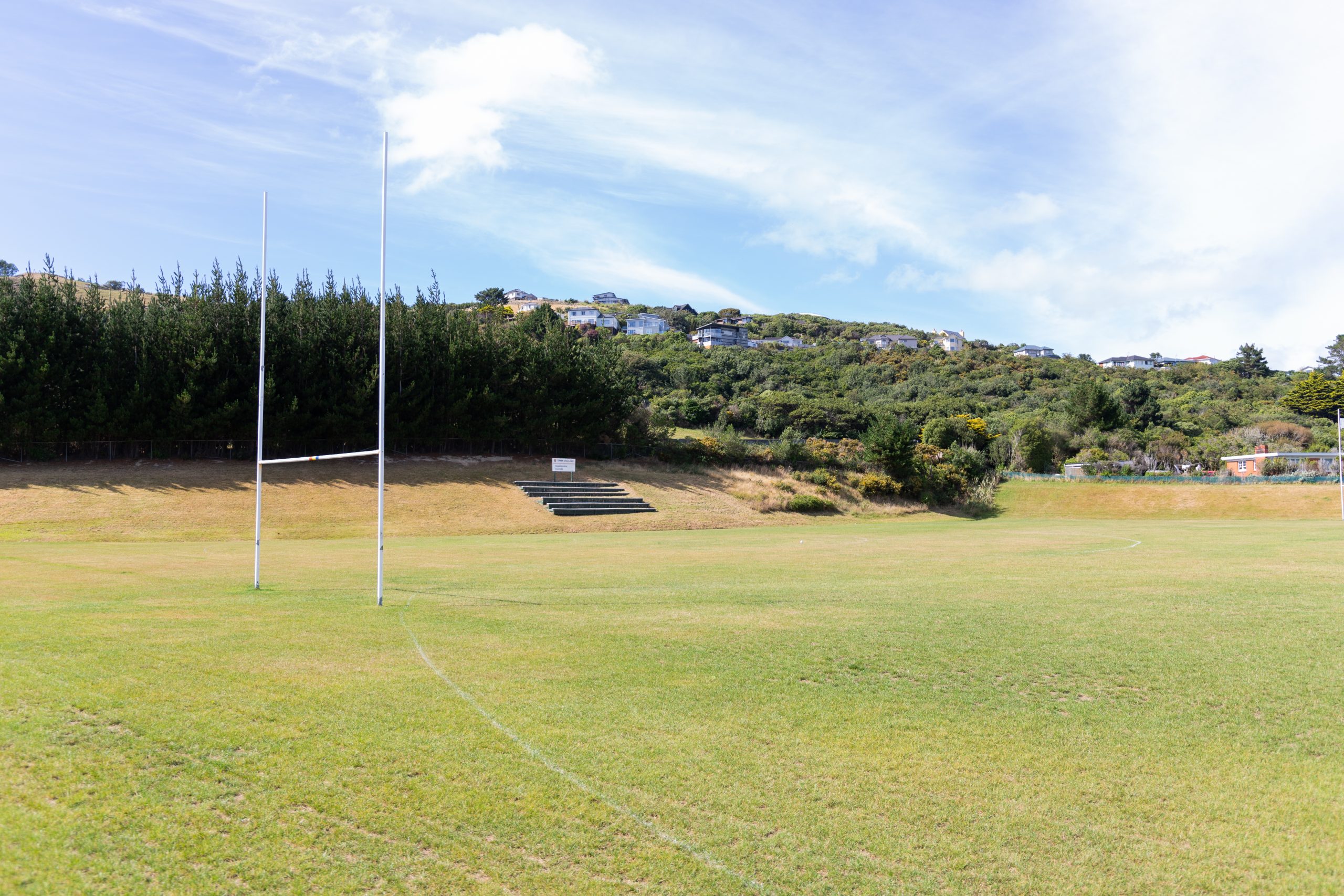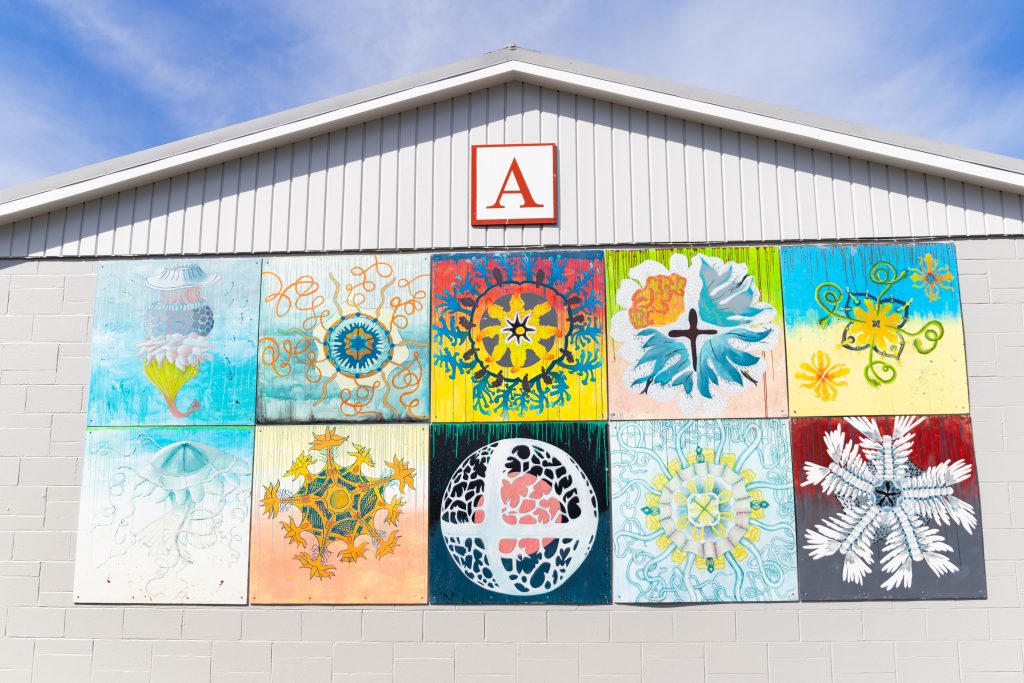
Our History
Ngāti Toa Rangatira
By the early 19th century, Ngāti Toa Rangatira had settled the lands of Porirua and the surrounding districts, including the area we call Tawa today. The valley was known as Te Kenepuru, taking its name from the stream that flows from springs in the hills to the South, and meanders northward to the Porirua harbour. Te Kenepuru was a flourishing food source, with whitebait and eel from the stream itself, and cultivations along its fertile banks, particularly its lower delta.
One of the main tracks from Porirua to Wellington followed the Te Kenepuru stream, before branching out of the valley at Takapū to climb the Paparārangi hills, then descend the other side through the Korokoro stream.
In October 1839, the New Zealand Company ship arrived at Kapiti Island, one of the homes of Ngāti Toa. Their intent was to acquire as much land as possible, to on sell to British landowners and settlers.
Aware that the British Government intended to establish a treaty with Māori, and that this treaty would prevent the sale of land to anyone but the Crown, the New Zealand Company knew they needed to secure their purchases before that treaty was enacted.

Tawa College Establishment
The land on which Tawa College stands is part of Section 48 of the Porirua District, surveyed by the New Zealand Company in the early 1840s. Section 48 was the farm of William Best from 1856 till 1865, which he called Grasslees, after the Best family farm In Northumberland, England.
His son, Elsdon Best, Tawa’s most famous scholar, was born there in 1856. Eventually, in 1925, the Government purchased Section 48 as part of the land needed to allow for the Tawa Flat Railway Deviation to be built. It replaced the original steep and winding railway line which ran from Tawa Flat through Johnsonville to Wellington.
Once the Deviation was completed in 1937, some of Section 48 was sold to a local farmer, while 26 acres were retained by the Government on which to eventually build a Post Primary School. The rest makes up today’s Grasslees Reserve.
